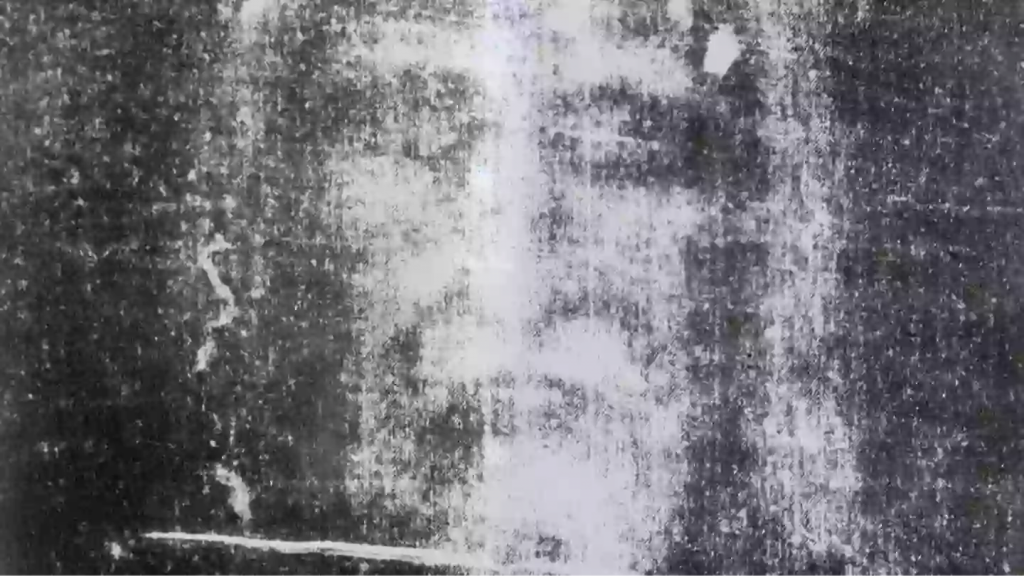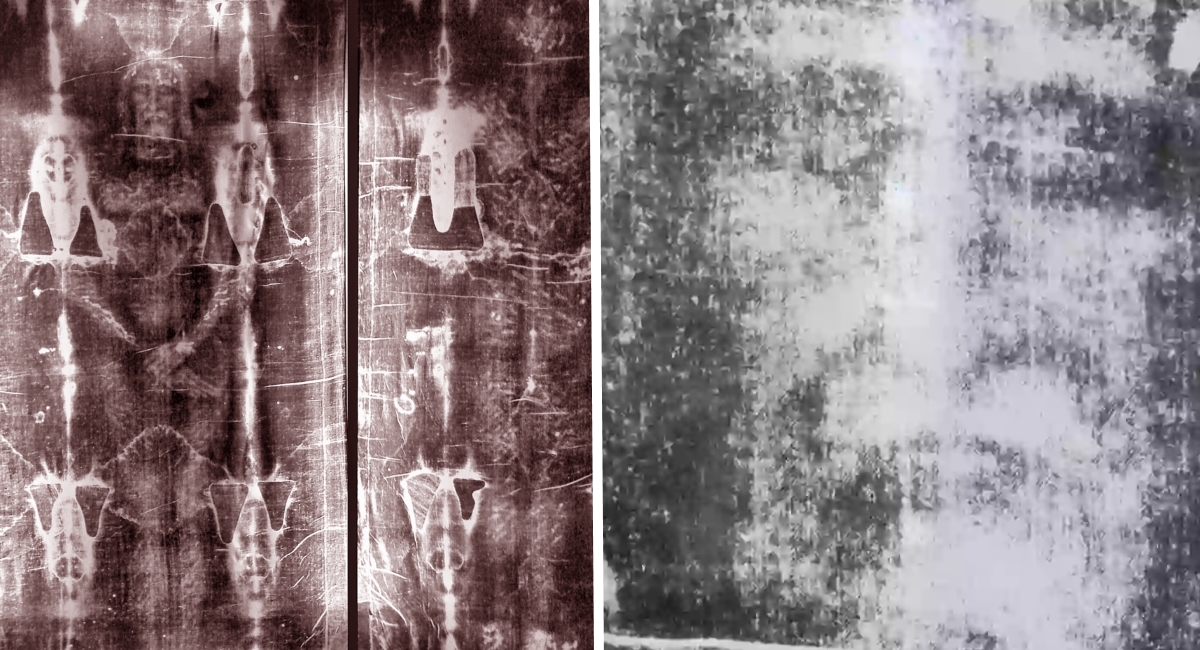In a major breakthrough, Brazilian researcher **Cicero Moraes** has unveiled new digital simulation findings suggesting the **Shroud of Turin** may not have wrapped Jesus’ crucified body after all. Instead, it appears to match the draping pattern of a low‑relief sculpture—casting the iconic cloth as **medieval artwork** rather than a holy relic as detailed in his study published in *Archaeometry* and summarized by **Live Science** in digital modeling analysis.
Moraes used advanced **3D modeling software** to compare virtual draping over a realistic human form versus a carved low-relief figure. His simulations revealed that the Shroud’s image aligns far more closely with the low-relief model—preserving shape and proportion—whereas cloth over a three-dimensional body naturally distorts in ways not seen on the Shroud referenced in coverage of his modeling method and echoed by **Unilad’s summary of the issue).

“The virtual wrap over a low-relief sculpture mimicked every detail of the Shroud image—proving consistency with fabricated art—not a body.”
This revelation bolsters earlier scientific dating that placed the cloth’s creation between **A.D. 1260 and 1390**, and reinforces existing skepticism that the Shroud originated in the medieval period—not the first century. Carbon dating results from 1988, widely accepted in academic circles, have stood in alignment with medieval art production according to standard radiocarbon findings and summarized in encyclopedic overviews in Unilad’s reporting.
However, the controversy is far from settled. Proponents of the Shroud’s authenticity, like University of Padua’s **Giulio Fanti**, point to microscopic blood nanoparticle markers and crystalline cholesterol structures consistent with **torture-related trauma**—behaviors unlikely to arise in medieval manufacturing as interpreted by forensic microscopists. Meanwhile, Italian scientists led by **Liberato De Caro** have previously dated the linen via **X-ray scattering techniques**, suggesting an origin roughly two thousand years ago—mirroring Christ’s era as chronicled by Jerusalem Post and supported by wide-angle spectral analysis discussions in technical reporting.
The digital low‑relief finding specifically undermines belief that the image on the Shroud was formed by actual contact with a human body. A drape over a solid carved image reproduces subtle contours and flat planes that match the cloth’s image precisely—far better than draping over a live body, which causes wrinkles, stretch, and distortion Live Science breakdown of the modeling experiment and confirmed by visual pattern analysis in the detailed simulation report.

Despite decades of debate, the Vatican has neither authenticated nor rejected the Shroud’s origin—maintaining a neutral stance. The artifact remains a potent devotional piece, combining mystery, faith, and science in a centuries-long dialogue per historical context summary and theological perspective outlined by major religious commentators in analytical overview of symbol and science.
Ultimately, Moraes’ digital reconstruction invites a new perspective: rather than a miraculous relic bearing an imprint of Christ, the Shroud may instead represent sophisticated sacred artistry echoing medieval devotional practices. Still, advocates for authenticity continue to cite complex blood evidence and artifact dating methods that support the first-century hypothesis Live Science full coverage and detailed reports summarizing competing claims in Unilad’s news breakdown.





